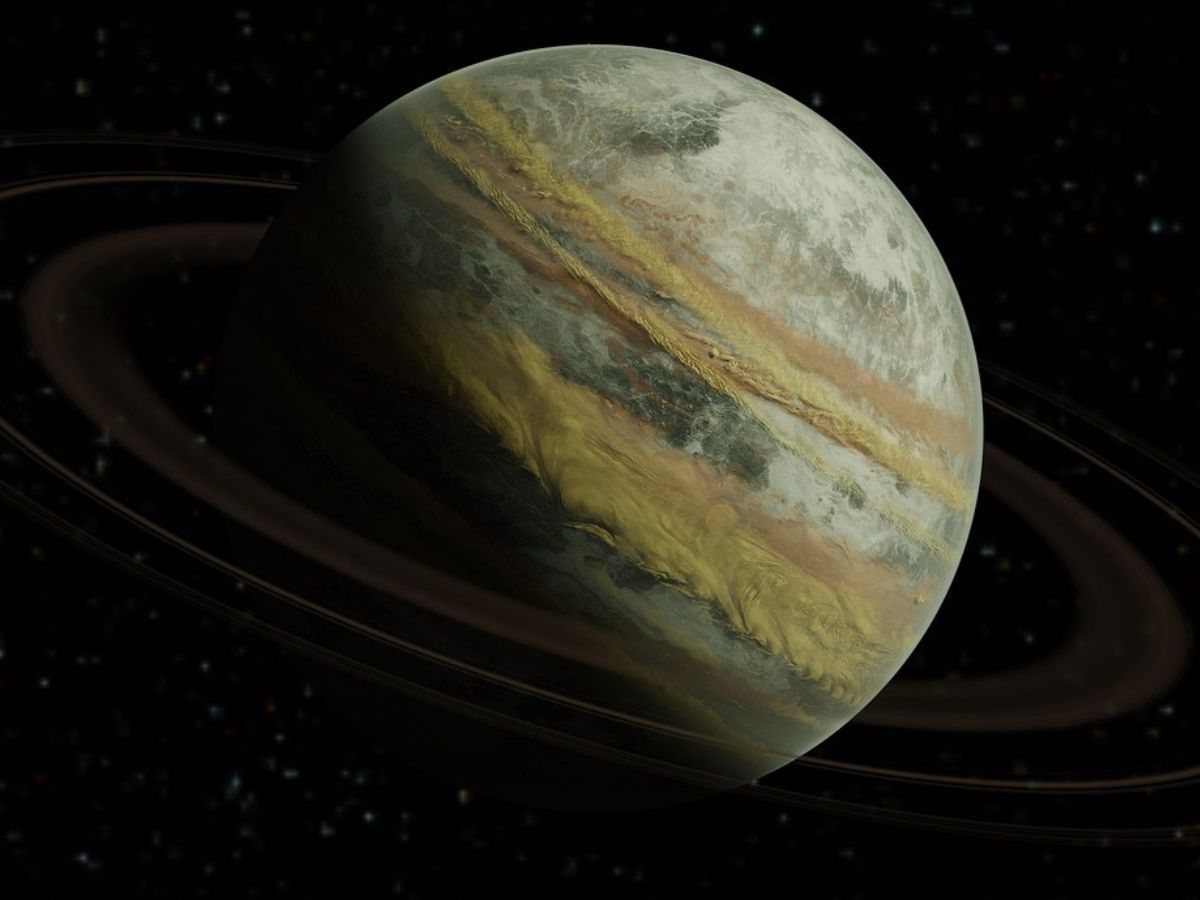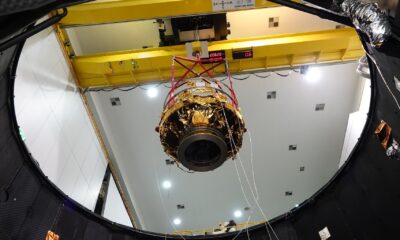Science
Astronomers Set to Discover Signs of Life on Exoplanets by 2027

Recent advancements in astronomy suggest that scientists may discover signs of life on exoplanets within the next four years. This exciting development is driven by the capabilities of powerful telescopes and advanced techniques that enhance the search for extraterrestrial life.
Groundbreaking Observations on the Horizon
According to research published in IOPscience, astronomers are utilizing the James Webb Space Telescope and other cutting-edge instruments to analyze the atmospheres of distant planets. These observations aim to identify chemical signatures that could indicate biological activity. The focus is on a select group of exoplanets that lie within the habitable zones of their stars, where conditions might support life.
The European Space Agency and NASA have coordinated efforts to enhance the search, making significant investments in technology and research. A key strategy involves examining the atmospheres for gases such as oxygen, methane, and carbon dioxide, which could suggest the presence of life forms.
Technological Innovations Fueling Discovery
The capabilities of the James Webb Space Telescope have revolutionized our understanding of the universe. With its ability to observe in infrared wavelengths, the telescope can penetrate cosmic dust clouds, revealing the atmospheric compositions of exoplanets. This groundbreaking technology allows scientists to gather data on temperatures and chemical elements present in these distant worlds.
The research community anticipates that by 2027, there may be concrete evidence of life beyond Earth. The implications of such findings would be profound, challenging our understanding of biology and the uniqueness of life on our planet.
As astronomers move closer to uncovering these mysteries, the excitement within the scientific community grows. The quest for extraterrestrial life represents not only a scientific endeavor but also a fundamental question about humanity’s place in the cosmos.
In summary, the next few years could mark a pivotal moment in our exploration of the universe. The collaboration between organizations like NASA and the European Space Agency, combined with innovative technologies, positions astronomers to potentially answer one of humanity’s oldest questions: Are we alone in the universe?
-

 Technology4 months ago
Technology4 months agoDiscover the Top 10 Calorie Counting Apps of 2025
-

 Health2 months ago
Health2 months agoBella Hadid Shares Health Update After Treatment for Lyme Disease
-

 Health3 months ago
Health3 months agoErin Bates Shares Recovery Update Following Sepsis Complications
-

 Technology3 weeks ago
Technology3 weeks agoDiscover 2025’s Top GPUs for Exceptional 4K Gaming Performance
-

 Technology2 months ago
Technology2 months agoElectric Moto Influencer Surronster Arrested in Tijuana
-

 Technology4 months ago
Technology4 months agoDiscover How to Reverse Image Search Using ChatGPT Effortlessly
-

 Technology4 months ago
Technology4 months agoMeta Initiates $60B AI Data Center Expansion, Starting in Ohio
-

 Technology4 months ago
Technology4 months agoRecovering a Suspended TikTok Account: A Step-by-Step Guide
-

 Health4 months ago
Health4 months agoTested: Rab Firewall Mountain Jacket Survives Harsh Conditions
-

 Lifestyle4 months ago
Lifestyle4 months agoBelton Family Reunites After Daughter Survives Hill Country Floods
-

 Technology3 months ago
Technology3 months agoUncovering the Top Five Most Challenging Motorcycles to Ride
-

 Technology4 weeks ago
Technology4 weeks agoDiscover the Best Wireless Earbuds for Every Lifestyle





















